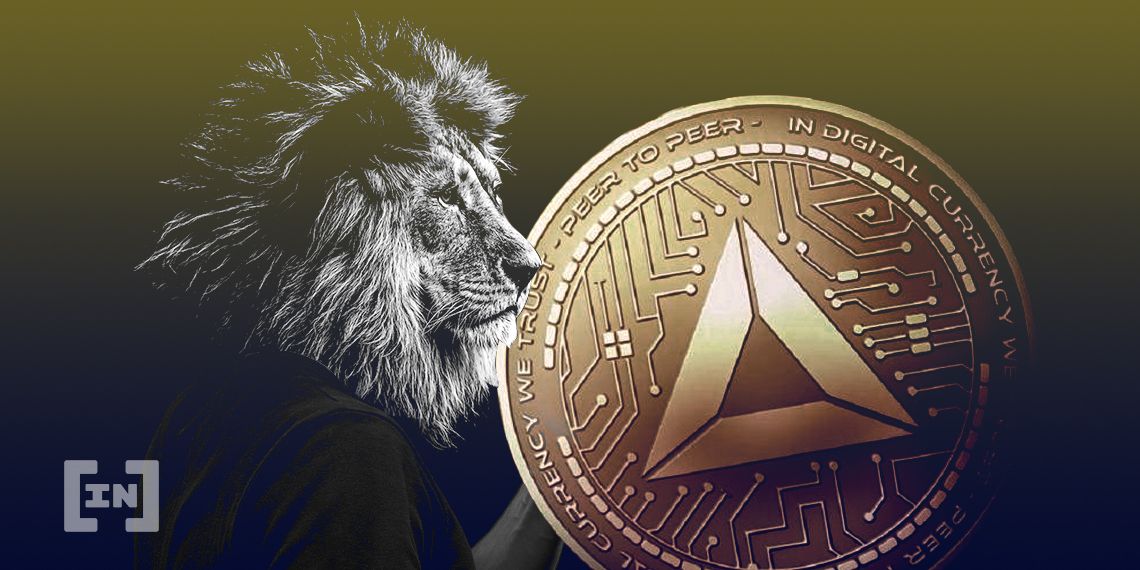In light of Basic Attention Token (BAT) reaching a new all-time high, it’s worth looking back at its price developments and major milestones of BAT’s native application, the Brave Browser.
Brave launched its ad-blocking browser in 2016. However, it struggled to compete with brandname staples such as Google’s Chrome, and Apple’s Safari.
Its first real breakthrough came with the introduction of the Basic Attention Token. Essentially, the token rewards users for looking at select ads, and enables them to donate to companies or content creators they support.
Introducing BAT
Swept up in the crypto wave of late-2017, the Brave team announced it would release an initial round of 300,000 BAT. This was followed by a further $1 million of BAT in January 2018.
This enthusiasm saw it reach a then all-time high of $1.08 on Jan. 8, 2018. This, however, was not sustained and BAT traded down to just above $0.10 by the beginning of 2019.
By utilizing the tokens, Brave sought to introduce a new online advertising and revenue sharing model. In the first phase, Brave users could only donate to content creators and brand partners, but could not redeem their BAT for bitcoin (BTC) or USD.
By the second phase, announced in March 2019, users were also able to benefit from BAT. They would receive BAT for viewing ads selected for them based strictly on browser activity. This news sent BAT back up to $0.50. However, by the beginning of 2020, the price had again slumped to around $0.10.
Brave Integrates Crypto Exchanges
New life was sparked into the coin in the spring of 2020. To further facilitate crypto transactions, Brave introduced a Binance widget to its browser in April 2020.
This was shortly followed-up by a widget for rival crypto exchange Gemini in July 2020. This allowed users to connect their crypto exchange wallets to Brave, enabling them to buy, sell, and store crypto on the browser.
Some feared this would debase BAT, because users would easily be able to cash them out. Contrary to this skepticism, the coin traded back up to $0.40 through the summer of 2020.
Further Integrations
In an effort to become a full browser-based ecosystem in the wake of broader crypto adoption, Brave introduced several more integrations in 2021.
In January 2021, Brave integrated decentralized file hosting solution Interplanetary File System (IPFS). This allowed users to access media more conveniently via a peer-to-peer (P2P) system.
By February 2021, NFTs could also be bought and sold through Brave, due to its partnership with Origin Protocol. The same month Brave revamped its wallet, making it accessible for users of decentralized finance (DeFi) as well.
Since the beginning of the year, BAT has been trending up, skyrocketing to a new all-time high of $1.45 on March 17, 2021. As more people enter the crypto markets, Brave has positioned itself well to become the standard browser for hodlers.
Disclaimer
In adherence to the Trust Project guidelines, BeInCrypto is committed to unbiased, transparent reporting. This news article aims to provide accurate, timely information. However, readers are advised to verify facts independently and consult with a professional before making any decisions based on this content. Please note that our Terms and Conditions, Privacy Policy, and Disclaimers have been updated.


